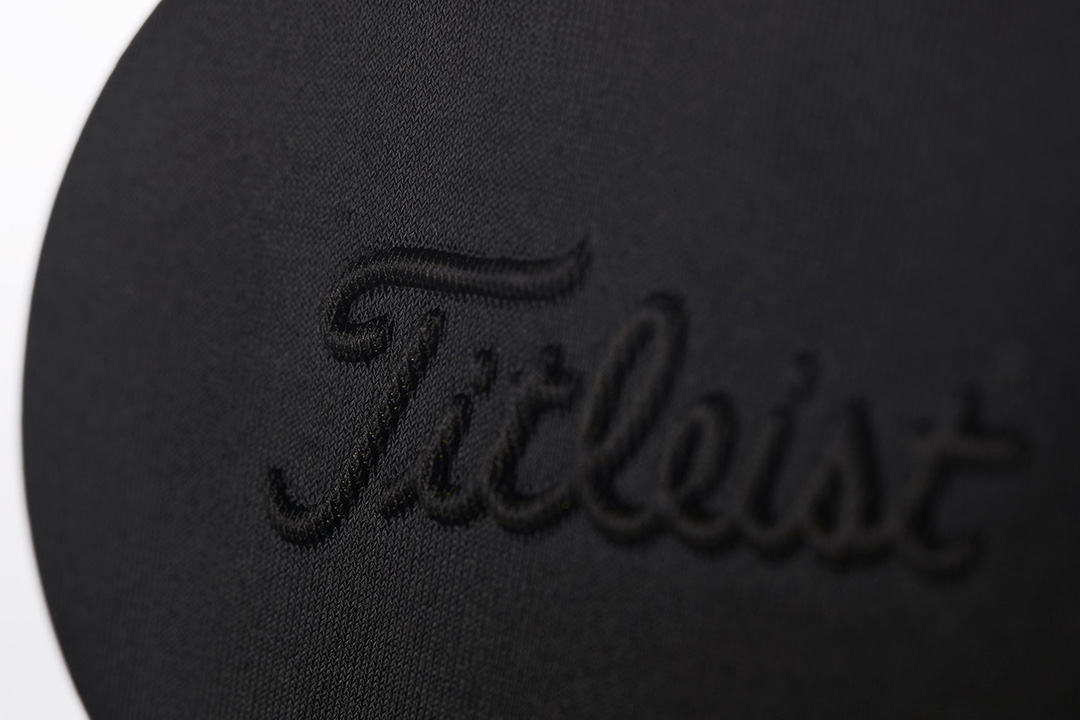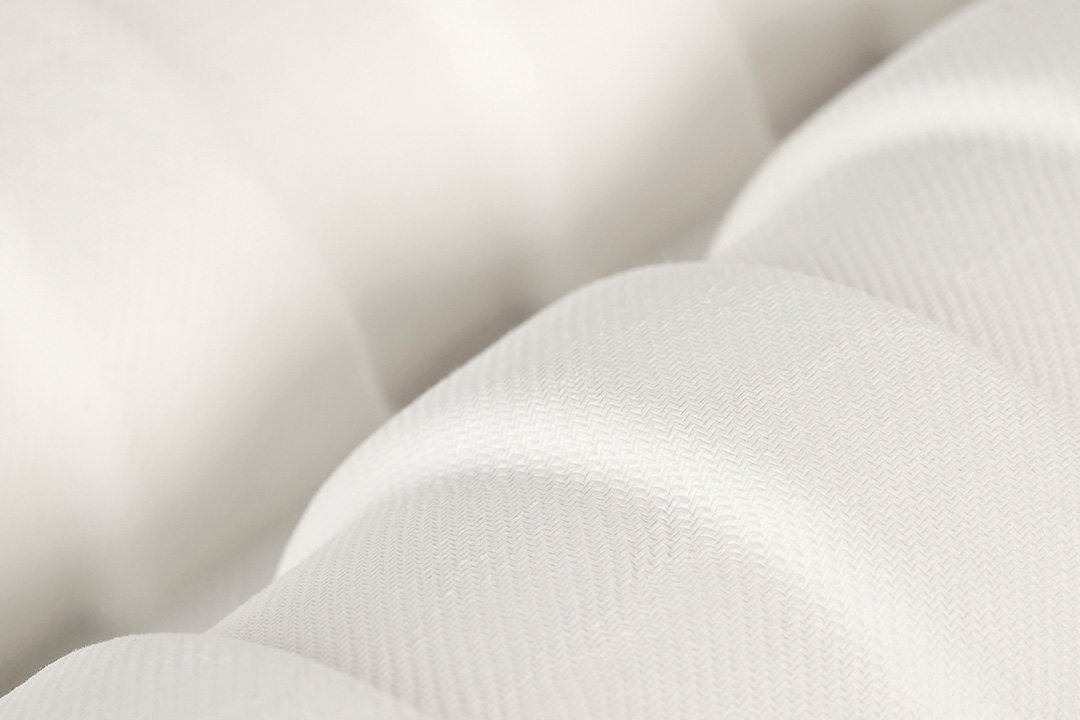October 27, 2020
Tactile design elements may be as important as visual ones
Packaging not only needs to appeal to the eye, but it also needs to be tactile and engage the sense of touch. Packaging designers often spend much of their time thinking about the way in which a product’s visual packaging will translate the brand’s message and objectives. It is very important, however, to think about the tactile packaging elements that can really make a product stand out.
We know that every premium product will aim for some form of differentiation and, of course, visual shelf appeal is vital. The sense of how a product feels in hand can, however, make all the difference. “Without a doubt, tactile finishes make a pack more intriguing. When you hold something that feels good, the brain formulates where this pack sits in terms of quality and the product within,” says Lloyd Neilson, IPL’s head in China.
“Packaging is always going to be visual first, but tactile features bring an extra sensory element to the packaging. It creates an avenue to explore the substrate in greater depth, through feel. This can create a sense of interest. There is a level of expectation that the quality of the product will meet that of the packaging, which may be transmitted visually and/or from touch,” explains Nielson.

Touchpoints for tactile packaging
The use of different materials can be very tactile and appeal to the senses in more ways than simply visual means. Materials such as leather, suede, glass or silver, for example, immediately make products feel more luxurious. When it comes to wooden boxes, it is not always necessary to add a tactile finish.
However, some brands may prefer a smooth, glossy finish that mimics ebony. Alternatively, an open finish leaves the natural grain exposed, which may be preferred in certain applications for a rougher feel. Laser etches and electroform decals are examples of further tools that can be used to enhance the feeling of a pack.
A very common substrate used in packaging is rigid board that is paper-wrapped. Emboss treatments are often used and, when paired with a UV gloss print, give the raised emboss a smooth, slippery and ultra-shiny finish. Speciality papers, such as leatherette, can also be used to give rigid board packaging a tactile surface while a soft-touch paper feels more velvety.
Not only can these tactile cues reinforce luxury values but individual materials may further enhance appeal depending on the brand. High-tech brands may seek materials that promote their modern, cutting-edge positioning whilst more ‘old world’ brands may seek materials to reinforce their heritage.
Similarly, the weight of a pack in hand sends different signals to consumers. Heavier feeling packs often convey a sense of value whereas some brands may need to convey as light a feeling as is possible.

Shape and Texture need to work together
The shape of packaging can be a vital visual component, as well as serve an important tactile function. Of course, the shape must be relevant to the product and brand, but it is also an important consideration in addition to the substrates used. When the shape, texture and feel of the package work together, the positive impression in the mind of the consumer is further reinforced. All these elements working together will make a product more desirable when it is in hand, reinforcing the user experience.
Tactile packaging reinforces emotional appeal
When something feels good in the hands, it leads to a positive emotional reaction. This may be a subtle layer to the purchase process, but this extra cue to consumers certainly assists in creating longer-term brand loyalty, even if in a subconscious way. When packaging entices a customer through a real sensory appeal, brands start to approach their consumers from a new angle.
Sensory transfer in packaging
While not relevant to all products, there is scientific research that shows how packaging attributes may affect how a consumer perceives the taste of the primary product. This phenomenon is called ‘sensory transfer’ and is an interesting phenomenon for brands to consider, particularly in the premium drinks category.
The tactile element of packaging can convey various properties and affect the consumer’s overall experience with a product or brand. These elements of packaging are clearly important and should not be an afterthought but a key part of the packaging design process.
___
IPL Packaging is a global luxury packaging supplier with offices in the USA, Europe, Mexico, Asia and Africa. Approved manufacturing is available in several Asian countries, as well as sites in Eastern Europe. We create bespoke, tailored and exclusive packaging for any premium or luxury brand and manage the entire process, from conceptualisation and design to production and delivery.
For more information on packaging solutions or to get an insight into our latest packaging trends, follow us on LinkedIn, Facebook, YouTube or Pinterest. Keep an eye on our news section for insightful articles and innovative ideas around packaging materials, product development and design.
More articles

July 26, 2022
6 Strategic Priorities for Packaging Companies in the New Unknown

September 1, 2021
Part two: Ingredients for Creating Greater Brand Value through Packaging

February 8, 2021
Scotch Whisky Association launches ambitious sustainability strategy

October 22, 2020
Beginner’s guide to materials and processes

January 26, 2022
7 Trends Shaping a New Future for the Packaging Industry in 2022

February 23, 2023
IPL Perspectives: Lauren Watt & Jason Roberts

October 25, 2022
Navigating ‘Critical to Quality’ Packaging Hurdles

March 24, 2022